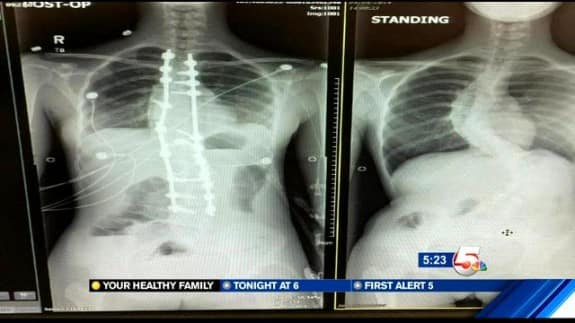
What is a Spondylitis?
Spondylitis is a form of inflammatory arthritis that attacks the spine and other joints in the body. It is sometimes referred to as spondyloarthritis (SpA) or ankylosing spondylitis. Unlike osteoarthritis which develops in people over 40, spondylitis occurs in patients ranging from 17 to 45. There is no specific cause for spondylitis, but there seems to be a genetic factor. Individuals with the HLA-B27 gene have an increased risk of developing the condition. Spondylitis begins in early adulthood and is more prevalent among men than women.
What are the symptoms of spondylitis?
Spondylitis is challenging to diagnose because its symptoms are similar to injuries to the spine caused by trauma or sports activities. The patient’s hips and lower back may become stiff, especially when waking. Walking off the stiffness relieves the pain, and the symptoms are intermittent which is typical of what a young athlete would experience.
It is essential for the patient to clearly define the locations of the symptoms to help the attending neurosurgeon diagnose the condition. The critical areas of concern are:
- Lower back pain
- Pain at the back of your heels
- Soreness of the ribs or around the breastbone
- Hip and shoulder pain
- Pain in your pelvis and sacroiliac nerve
- Waking late at night with hip, shoulder or back pain
- Any light sensitivity, blurred vision or painful red eye
Ankylosing spondylitis should not be ignored. In its early stages, it can thin the patient’s bones and cause vertebrae to weaken and crumble. With time, a patient with spondylitis can develop a stooped posture. The systemic disease can crack vertebrae and damage nerves. It can also attack the aorta of the heart and deform the valve.
How do you treat spondylitis?
Spondylitis is a systemic inflammatory disease that can be managed but not cured. It is paramount that ankylosing spondylitis is treated before damage to the spine, joints and heart are irreversible. Over-the-counter nonsteroidal anti-inflammatory drugs (NSAID) such as aspirin, naproxen and ibuprofen will reduce pain and inflammation.
If the NSAIDs are not effective, biological medications such as a tumor necrosis factor (TNF) blocker, or interleukin 17 have been prescribed to manage the disease.
Physical therapy that focuses on posture, range-of-motion and joint flexibility will help build strength and reduce pain. Yoga, Pilates and Tai Chi may also help the patient improve mobility, reduce stress and enhance the immune system.
Surgical solutions for spondylitis are rarely pursued unless the patient is suffering from severe joint pain.
Find out what’s causing your back pain, today.
Click on the “Schedule Appointment” button at the top of this page, or call Dr. Melamed’s office for more information. There is no better time than today to start the journey to a life without back pain. Call us at 424-21-SPINE



